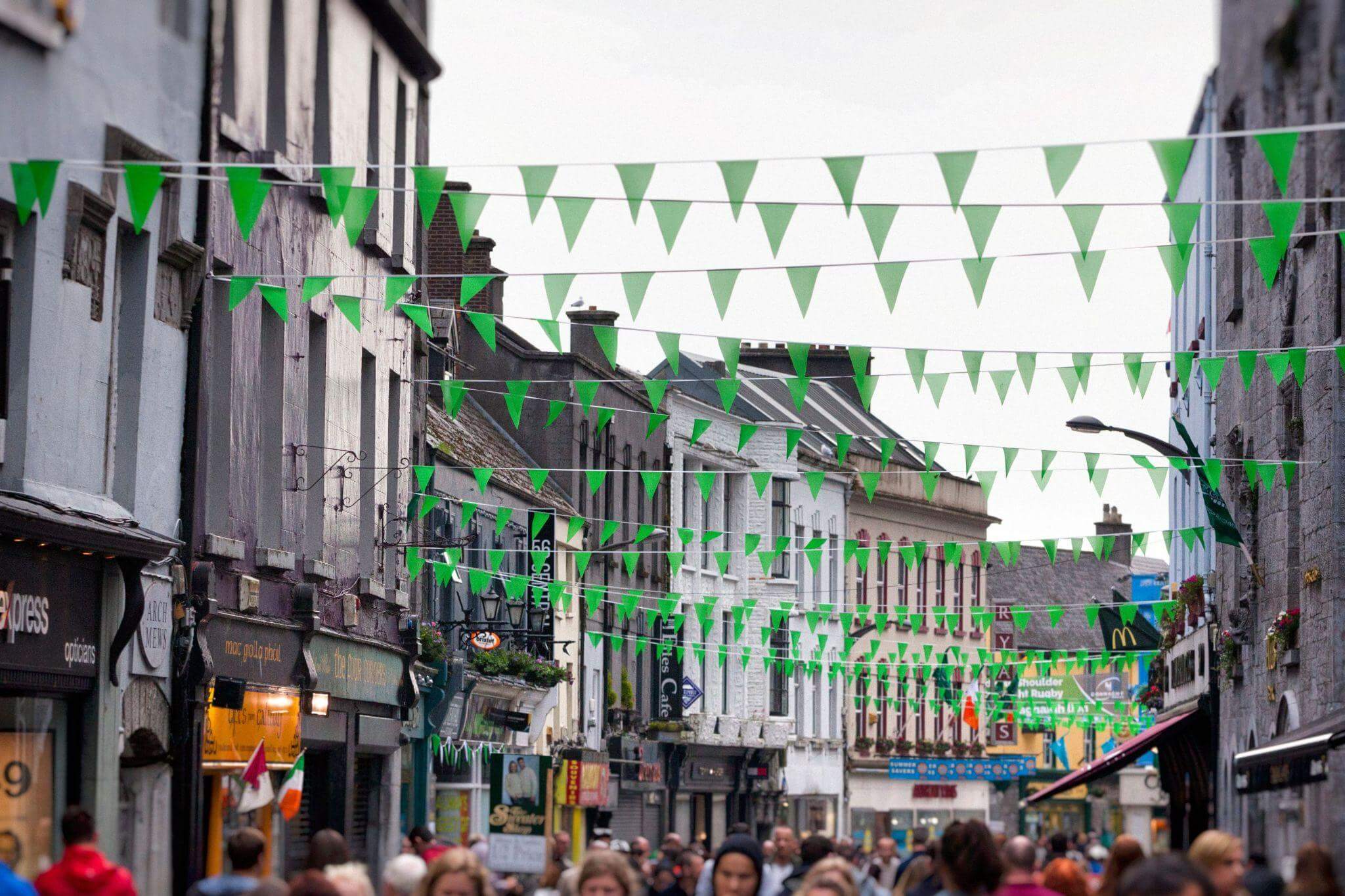As a recent European Capital of Culture, Galway is well and truly on the radar of anyone visiting Ireland. Set on the banks of the River Corrib, this medieval city has been affectionately referred to as the “City of Tribes” due to the 14 families who once controlled its trade and political activities. Today, there are still glimpses of Galway’s past in its crumbling castle ruins and centuries-old stone houses, many of which are now occupied by traditional pubs and stores selling local handicrafts.
In this guide, we’ll share with you some of the best things to see and do while visiting Galway, as well as seasonal considerations to keep in mind. While planning your trip, you’ll find both short and long-term accommodation options at Find All Rentals, which connects holiday rental owners with guests. In addition to apartments in the heart of the city center, you can browse historic houses in the Claddagh and waterfront properties in beachside Salthill, ensuring there is something for everyone.
Best time to visit Galway
While Ireland’s west coast has a reputation for cloudy skies and lots of rain, there are still plenty of sunny days that are ideal for sightseeing. Mid-June until the end of August is the peak season in Galway when many European travelers are on their annual summer break and the weather is at its best. March can also be a busy month as it coincides with St. Patrick’s Day. If you want to experience Galway at its liveliest, then this is a great time to visit, although you can expect accommodation and flights to be at their most expensive.
For a quieter experience, visit in the spring (April/May) or autumn (September/October) when the weather is still relatively good and you can explore the city without the crowds. As with most Irish destinations, winter is considered the “off-season” as the temperatures are chilly (averaging around 5°C) and the days are short, with the sun setting as early as 3:30 pm around the winter solstice.
Explore the Latin Quarter
Hugging the left bank of the River Corrib, this enclave of cobblestone streets is clustered with art galleries, boutique stores, and traditional Irish pubs. It’s a great place to pick up handcrafted pottery and Irish knitwear made from 100% local wool, all while being entertained by a revolving carousel of street performers. In Kirwan’s Lane, you’ll find beautifully restored stone houses dating from the 16th century.
Admire the Galway Cathedral
One of the city’s largest buildings is the Galway Cathedral, which combines Romanesque, Gothic, and Renaissance elements in its modern design. It was established in 1958 on the site of the city’s former prison and was completed in 1965, with many hailing it as “the last great stone cathedral to be built in Europe”. Galway Cathedral is particularly notable for its stained-glass windows by Patrick Pollen and its impressive pipe organ built by Rushworth & Dreaper.
Visit the Galway City Museum
If you’re interested in the region’s archaeological past, folk heritage, or natural history, then the Galway City Museum is not to be missed. It boasts an impressive collection of artifacts and exhibits that include a traditional “hooker” sailboat and antique farming tools, as well as black and white images documenting the city from the 1950s. Don’t miss the Medieval Stone Collection with its centuries-old fireplaces or the Spanish Arch that stands in front of the museum.
People watch in Eyre Square
Galway’s main square has been transformed from a town green into a modern plaza dotted with statues and large-scale artworks. It’s the perfect spot to enjoy a break from sightseeing and just watch the world go by. Admire the bronze cast of Irish writer Pádraic Ó Conaire and the flags representing the 14 tribes of Galway, then relax beside the Quincentennial Fountain. Adjacent to the plaza is the Eyre Square Centre, one of the city’s main shopping hubs.
Cruise the Corrib River
Soak up the scenic beauty surrounding Galway on a cruise along the Corrib River, traveling from Woodquay in the heart of the city to Lough Corrib. Lough Corrib is the largest lake in the country and a listed Ramsar Site, with bird-filled wetlands and islands. During the cruise, you’ll pass by the 16th-century ruins of Menlo Castle and a scattering of traditional farms.
Drive the Wild Atlantic Way
Galway lies roughly halfway along this 2,500-kilometre-long tourist drive, which hugs the spectacular west coast of Ireland. From Galway, you can drive north to explore the rugged peaks of Connemara National Park or travel down into the glacial-formed landscapes of The Burren in County Clare. The Wild Atlantic Way is not to be missed if you’re into nature photography, with iconic landmarks such as the Cliffs of Moher to document.

